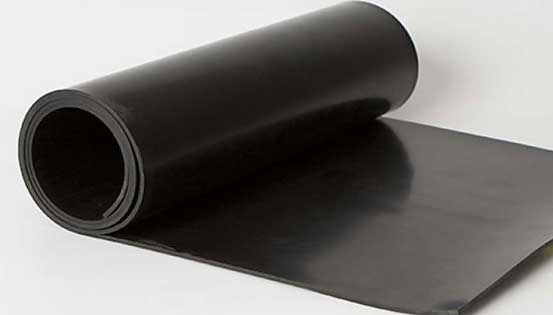


It can be directly produced from biomass sugars via fermentation, 26 by dehydration of biosynthetic 3-methyl-3-buten-1-ol, 27 or from other bio-based substrates including mevalonolactone 28,29 and mesaconic/itaconic acid. Isoprene is a compelling substrate for the preparation of sustainable jet fuel blendstocks. 21 The densities and volumetric NHOCs of terpenes can be further enhanced through cyclopropanation reactions. 18–20 Simple hydrogenation of these feedstocks can generate monocyclic and bicyclic hydrocarbons, 4 while chemoselective hydrogenation can afford bicyclic alkanes containing ring-strained cyclopropane groups. 15–17 Cyclic monoterpenes are an important class of bio-based cycloalkenes that can be derived from turpentine or produced via fermentation of biomass sugars. 12 Multicyclic hydrocarbons like tetrahydrodicyclopentadiene (JP-10) have been synthesized from furfural 13 while dimethyltetrahydrodicyclopentadiene (RJ-4) has been synthesized from bio-based substrates including linalool, 14 and cellulose-derived platform chemicals. 3 For example, our group studied alkyl cyclobutane fuels generated by -catalyzed -cycloaddition of unactivated alkenes. 9–11 To realize these optimized blends, efficient routes for the production of bio-based cycloalkanes are required.Ī number of selective methods for the production of bio-based cycloalkanes have been developed. The elimination of aromatic compounds results in a number of enhanced properties including increased gravimetric NHOC, improved combustion properties, and reduced particulate formation. Recent studies have shown that some cycloalkanes are also effective at swelling O-rings, 6–8 which suggests that zero-aromatic SAF blends could be prepared that meet the requirements of conventional jet fuel. Conventional jet fuel contains a significant concentration of aromatic compounds (8–25%) that are highly effective at swelling elastomeric O-rings. 4,5 Furthermore, these SPKs are not effective at swelling nitrile rubber engine seals, which requires them to be blended with conventional jet fuel to ensure engine integrity and compatibility with fuel storage and delivery systems. 1,3 Current SAFs are based on acyclic synthetic paraffinic kerosenes (SPKs) that have outstanding gravimetric net heats of combustion (NHOCs), but low densities, and low volumetric NHOCs. 1,2 Although a number of ground vehicles can be powered by electricity, the enormous power requirements of commercial and military jet aircraft suggest that the development of energy-dense, hydrocarbon-based sustainable aviation fuels (SAF) will be critical for supporting global commerce while reducing net greenhouse gas emissions. Introduction The growing impacts of global warming have heightened the need to develop sustainable methods for the production of transportation fuels. In combination with biosynthetic generation of isoprene or isoprene precursors, the approach described herein holds great promise for the formulation of drop-in sustainable aviation fuels. The catalyst- and solvent-free dimerization method is amenable to a high-throughput process for fuel production. These properties suggest that HID can be used as a blendstock with either conventional jet fuel or bio-based synthetic paraffinic kerosenes (SPKs) to enhance the operability and performance of the final fuel blend. These values are 1.3% higher, 4% higher, and 61% lower, respectively, compared to the Jet-A specifications. The hydrogenated isoprene dimers (HID) exhibited outstanding fuel properties including a gravimetric net heat of combustion (NHOC) of 43.34 MJ kg −1, a density of 0.806 g mL −1, and a −20 ☌ kinematic viscosity of 3.10 mm 2 s −1. The Pt and Ni catalysts yielded >99% saturated C 10H 20 products, while significant quantities of p- and m-cymene were generated with the Pd-catalyst. The hydrogenation reactions were conducted with Pt, Pd, and Ni-based catalysts. The product distribution consisted of six isomers produced via Diels–Alder -cycloadditions as well as -cycloadditions. The dimerization was performed at moderate temperature (200 ☌) and completed in 90 min. Isoprene was converted to a jet fuel blendstock through thermal cyclodimerization followed by hydrogenation.


 0 kommentar(er)
0 kommentar(er)
